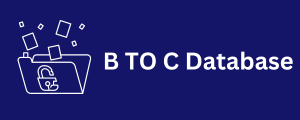This is a large volume of information: how the database stores information. How it selects in certain structures and how it processes. If the statistics or index changes, the optimizer may stop finding the correct query plan. And a build that use to work fine starts overloading the server and takes a very long time to process. “Column” databases also have nuances: for example, there are no indexes, and you can select and process individual columns, which significantly saves server resources. MYTH 6. SQL for analytics: an outdate solution, has too limite capabilities.
Just as there is no error-free software
This bias stems from the distant days when there were only relational databases with purely vertical scaling. Now it’s popular with people who don’t really Latvia Phone Number List know much about SQL – just basic select constructs and modern data processing tools. Today, for different analytical tasks, for example, the above-mentione “columnar” databases for easy system scaling. SQL is quite a powerful language, which for some tasks is even more convenient than Python (for data processing, deuplication, enrichment etc.
Everyone who works with big data
A large number of tools are built precisely on the basis of SQL ideology. Knowing this language, you can quickly master Spark SQL or the Pandas library in Python – they have similar commands under the hood. Therefore, SQL is definitely not obsolete for B2C Database analytics, you just nee to use new products. MYTH No. 7. The data is absolutely accurate, with zero chance of failure. knows that there are a lot of problems with it: inaccuracies, errors, inconsistent formats, duplicates., there is no such thing as an absolutely accurate database. Analysts believe that an error of 2-3% is acceptable and does not have a high impact on the result.



